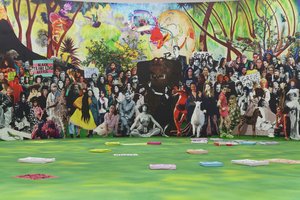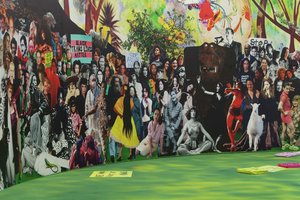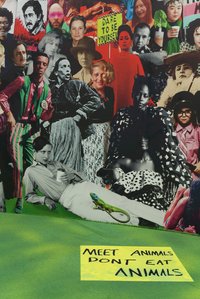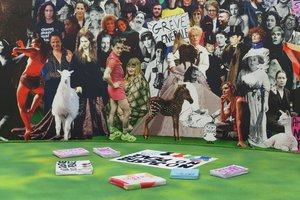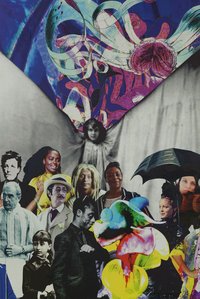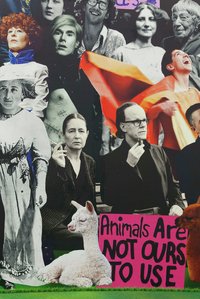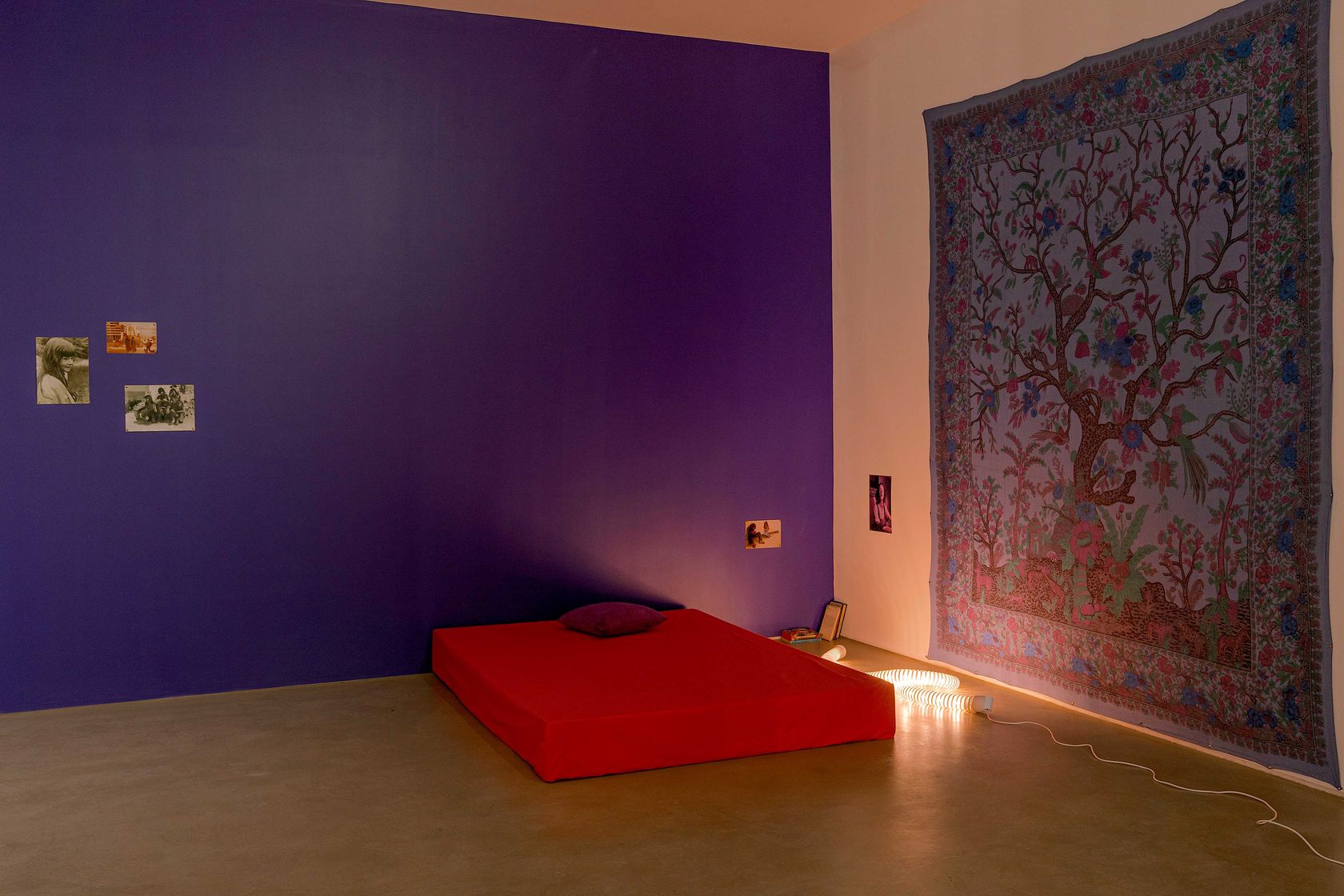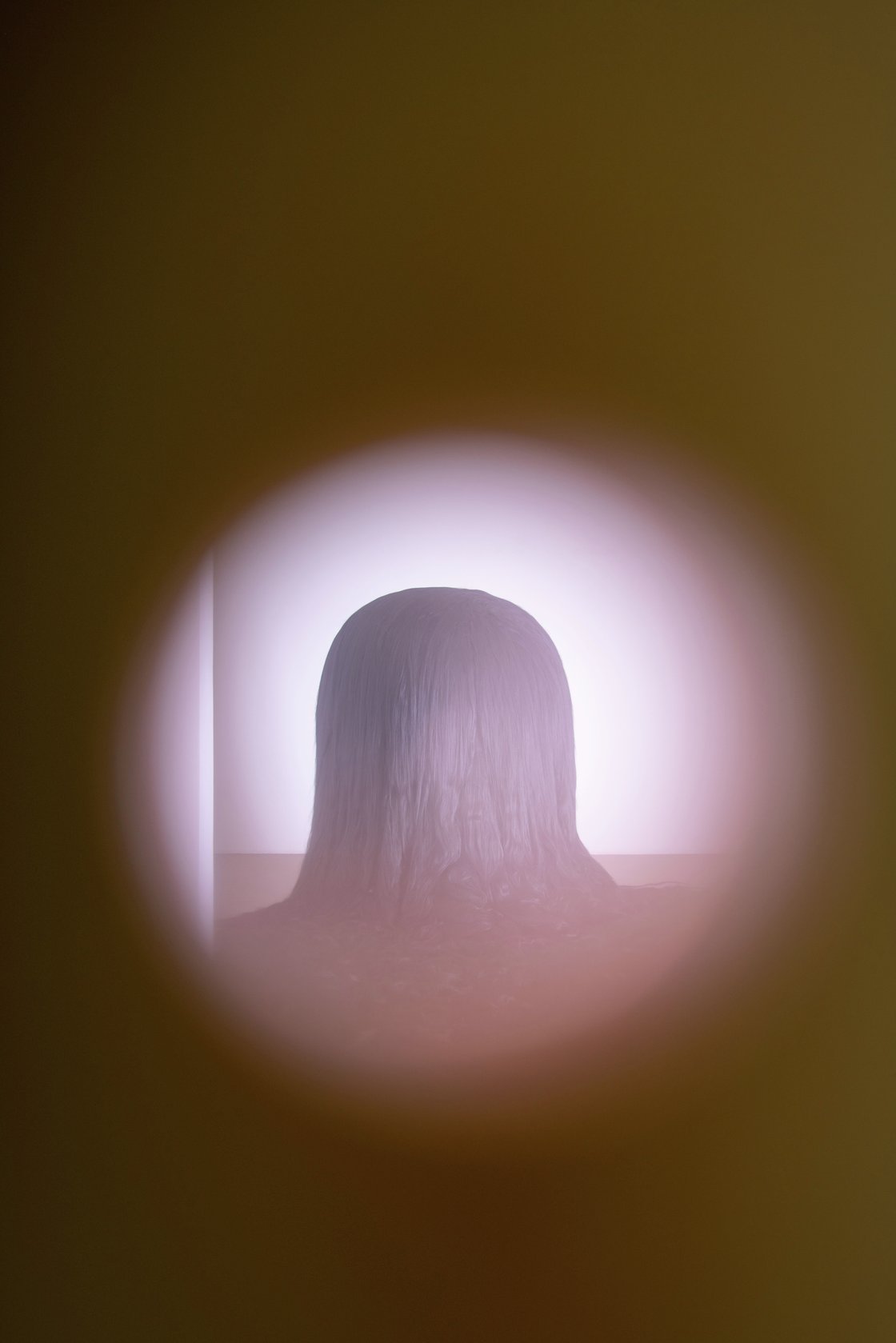For Dominique Gonzalez-Foerster, making art is a tentative and experimental process that becomes a kind of personal learning experience. She started her career in the 1990s with a series of “chambres” and site specific environments but soon branched out into other media with an ensemble of short films; her oeuvre now spans photography, video, installations, sculpture, design, performance and land art.
Her exhibitions are often site-specific productions in which she engages with distinctive features of the venue and its history, weaving in literary references. Objects feature in subsidiary roles, as props that let her establish a particular atmosphere, rather than as ends in themselves and definitive creative output. Evolving narratives await discovery by the beholder who takes the time to pick up on the clues hidden in the fragmentary set pieces, photographs, peculiar interior arrangements, and personal details. Transporting the visitors to fictional scenarios from the past and future, her installations are the scenes of distinctive experiences in which yearnings, utopian wishes, fears, and dreams come to life.
In Vienna, operagoers are more likely to be familiar with Gonzalez-Foerster’s work than art fans: for the 2015–2016 season, she created a design for the safety curtain at the Vienna State Opera, the large-format picture Helen & Gordon—a reenactment of a 1957 photograph of the American artist Helen Frankenthaler, a leading Abstract Expressionist, shot by Gordon Parks, the first Black photographer on the editorial team at Life magazine.
plus